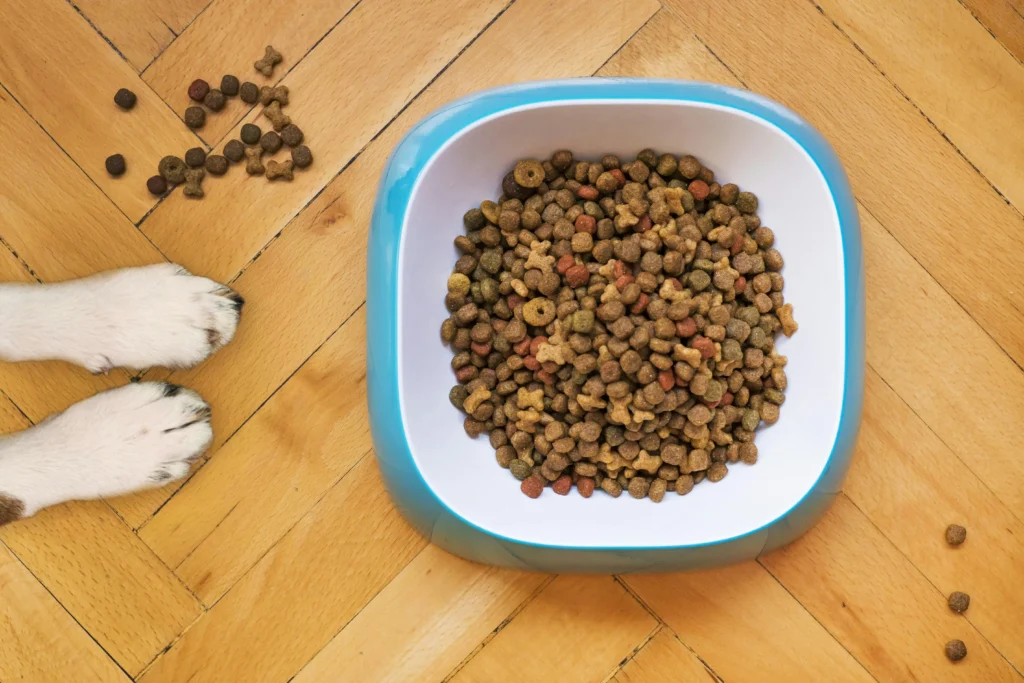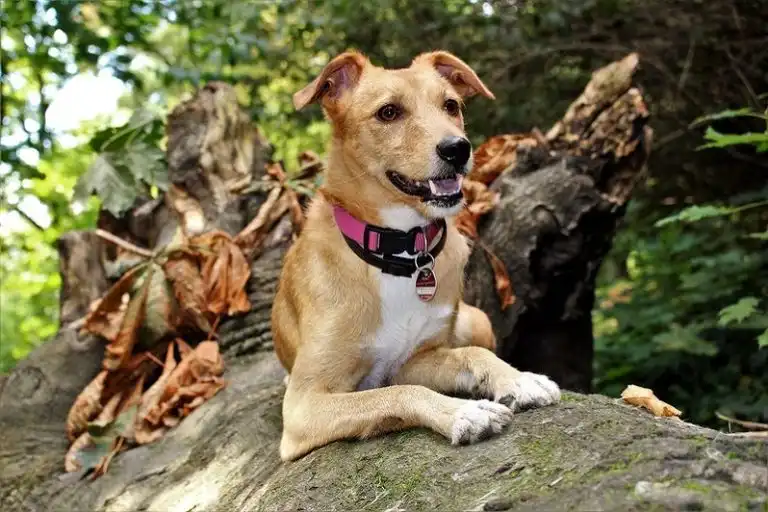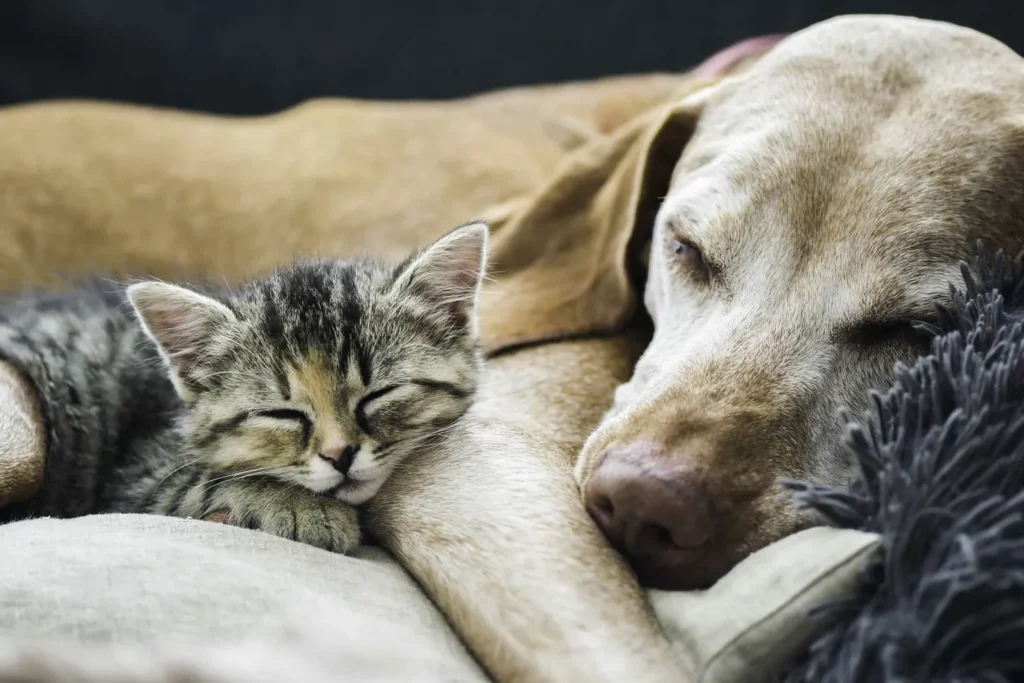Bringing a new dog into your home is an exciting experience, but it can also be a source of anxiety, especially if you already have a cat. Cats and dogs have different social behaviors and communication styles, which can lead to misunderstandings. However, with patience and the right approach, you can create a harmonious household where both pets feel comfortable. In this article, we’ll explore effective strategies for introducing a new dog to your cat, along with personal anecdotes to make the process relatable and engaging.
Main Points of Post
Understanding the Dynamics Between Cats and Dogs
Before diving into the introduction process, it’s essential to understand the nature of both animals. Cats are often territorial and may view a new dog as an intruder, while dogs are generally more social and eager to make new friends.
The Importance of Individual Personalities
Every pet has its own personality. Some cats are more adaptable and open to new companions, while others may be more reserved and cautious. Similarly, some dogs have a high prey drive and might view a cat as something to chase. Recognizing these individual traits will help tailor your introduction approach.
Preparing for the Introduction

Preparation is key to a successful introduction. Here are some steps to take before the big day.
1. Create Safe Spaces
Before bringing your new dog home, ensure your cat has access to safe spaces where they can retreat if they feel overwhelmed. This could be a high perch, a separate room, or a cozy bed in a quiet corner.
2. Keep Them Separate Initially
For the first few days, allow your cat and new dog to acclimate to each other’s scents without direct interaction. You can achieve this by keeping them in separate areas of your home, using baby gates or closed doors.
Personal Anecdote: My First Attempt
When I first introduced my dog, Max, to my cat, Bella, I made the mistake of letting them meet face-to-face too quickly. Bella hissed, and Max’s instinct to chase kicked in. It was a chaotic scene, and I quickly realized that I had to take a step back and rethink my strategy.

What is the Best Pet Food? A Comprehensive Guide for Pet Owners
Step-by-Step Introduction Process
1. Exchange Scents
To help your pets become familiar with each other, start by exchanging their bedding or toys. This allows them to get used to each other’s scent without the stress of a direct encounter.
2. Controlled Meetings
After a few days, it’s time for the first meeting. Here’s how to do it safely:
- Leash the Dog: Keep your new dog on a leash during the first meeting. This gives you control over their movements.
- Choose a Neutral Space: Select a neutral area of your home, like a hallway or living room, where neither pet feels territorial.
- Monitor Body Language: Watch both pets closely. Look for signs of stress or aggression, such as growling, hissing, or stiff body posture. If either pet shows signs of distress, calmly separate them and try again later.
Personal Experience: The First Meeting

During the first meeting between Max and Bella, I made sure to keep Max on a leash and maintain a calm demeanor. Bella cautiously approached from a distance, her tail twitching. I praised Max for staying calm and rewarded him with treats. Over time, Bella began to relax, and they were able to coexist in the same room.
3. Gradual Increase in Interaction
If the initial meeting goes well, gradually increase the time they spend together. Allow them to interact under supervision and reward positive behavior with treats and praise. If your dog shows interest in playing, redirect that energy with toys rather than allowing them to chase the cat.
4. Supervised Playtime
Once both pets seem comfortable with each other, introduce supervised playtime.
How to Create a Positive Environment
- Use Toys: Encourage play with toys that don’t involve direct contact. A laser pointer for the cat or a tug toy for the dog can keep their focus away from each other while still allowing them to interact in a fun way.
- Praise and Reward: Every time they interact positively, give treats and praise. This will help them associate each other’s presence with good experiences.
Personal Anecdote: Building Trust
After several positive interactions, I noticed Max and Bella starting to engage more with each other. One day, while I was playing with Max in the living room, Bella joined us, swatting at the tug toy from a distance. It was a small victory that filled me with hope for their future together.
5. Monitor Progress
Each pet will adjust at their own pace. Continue to monitor their interactions and be patient. If you notice any signs of stress, take a step back and allow them more time apart before trying again.
When to Seek Professional Help
If your pets are consistently showing aggression or fear towards each other, consider consulting a professional animal behaviorist. They can provide personalized strategies and support tailored to your pets’ specific needs.
6. Establish a Routine
Once your pets have adjusted to each other, establish a routine that accommodates both. This might include separate feeding areas, playtimes, and quiet zones where each pet can have their space.
Personal Experience: Finding Balance
As Max and Bella settled into their routine, I made sure to feed them in different rooms. I also designated specific times for play with each pet, ensuring that both felt loved and secure. Over time, I began to notice them more comfortable in each other’s presence, even sharing the same couch on occasion.
7. Maintain a Positive Environment
Creating a positive environment is crucial for long-term harmony. Here are some tips to ensure ongoing peace:
- Continue to Reward Good Behavior: Always reward positive interactions with treats and praise. This reinforces good behavior and encourages them to bond.
- Regular Check-ins: Periodically observe their interactions to ensure that both pets remain comfortable with each other.
- Be Patient: Remember that building a relationship takes time. Some pets may take longer to adjust than others, and that’s perfectly normal.



